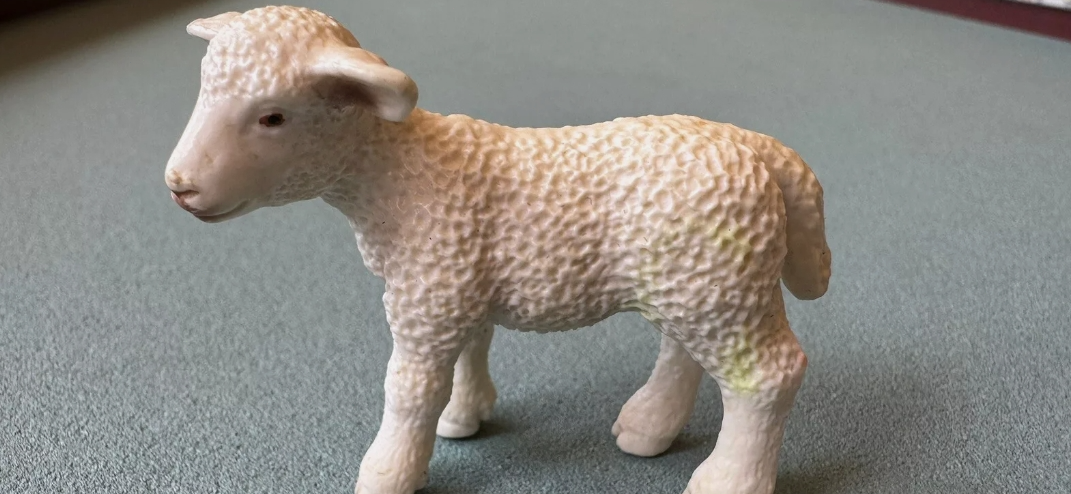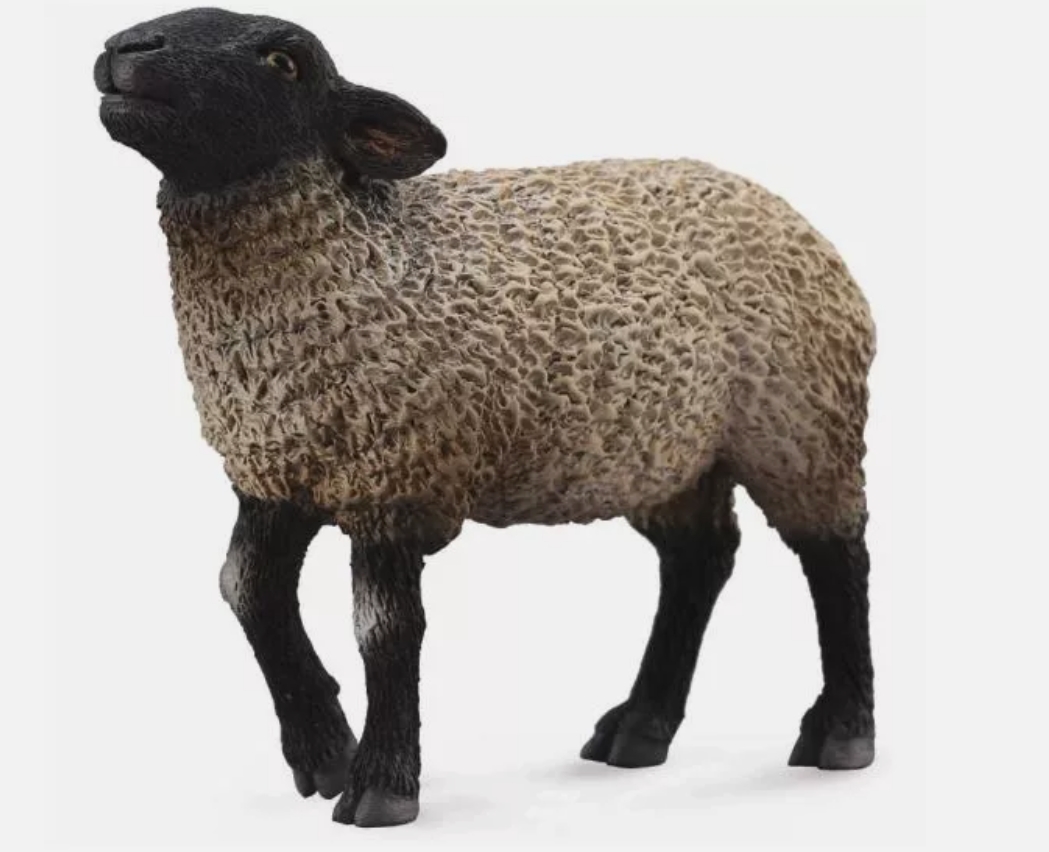The sheep model is a theoretical framework that is widely used in several disciplines, especially in the fields of economics and social sciences. The core idea is to analyze how groups make decisions and adapt to change under certain conditions by simulating individual behavior and interactions. The name of this model comes from the observation that sheep usually move in groups and interact with each other to form a manifestation of collective behavior.
In economics, the sheep model can be used to explain the herd effect in the market. In the face of uncertainty, individuals often rely on the behavior of others to make decisions, and this herd behavior may lead to market bubbles or crashes. For example, when many people invest in an asset, others may follow suit out of a desire for profit, further driving up the price. Once market sentiment changes,individuals will quickly sell, causing prices to plummet.
In the social sciences,the sheep model can be used to explore social norms and cultural transmission. In the social environment, individuals are often influenced by people around them and tend to follow the group's behavior pattern. This phenomenon not only affects the choices in daily life,but also shapes the culture and customs of society on a larger scale. For example,the formation of a certain fashion trend or behavior pattern is often driven by a few people, and gradually accepted and imitated by the majority of people after a period of time.
An important feature of the sheep model is its adaptability. While observing group behavior,individuals also adjust according to environmental changes and group feedback. This means that in a rapidly changing environment,the dynamic response of a group can produce nonlinear effects,forming complex patterns of behavior. Therefore,the sheep model can not only help us understand the mechanism behind the phenomenon,but also provide a certain basis for predicting future trends.




